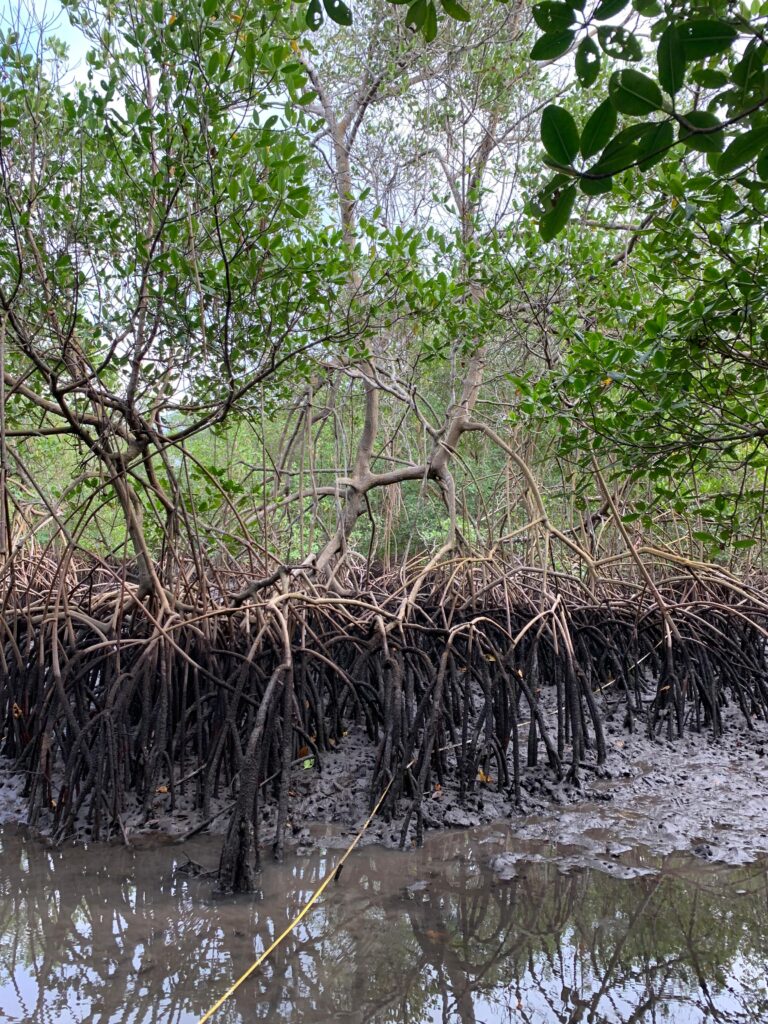Angelo F. Bernardino, Hermano M. Queiroz, Gabriel N. Nobrega, Gabriel C. Coppo, Christian J. Sanders, Antonio E.B. Silva, J. Boone Kauffman, Rodolfo F. Costa, Carla F. Pacheco, André Vassoler, Araiene P. Pereira, Francisco Ruiz, Tiago O. Ferreira
Highlights
- We report soil GHG fluxes and carbon burial from Amazon mangroves.
- Greater methane offsets in freshwater mangroves decrease potential climate benefits.
- Land use change decrease net GHG emissions when compared to pristine forests.
- Forest productivity may support most of net climate benefits.
Abstract
There is interest in assessing the potential climate mitigation benefit of coastal wetlands based on the balance between their greenhouse gas (GHG) emissions and carbon sequestration. Here we investigated soil GHG fluxes (CO2 and CH4) on mangroves of the Brazilian Amazon coast, and across common land use impacts including shrimp farms and a pasture. We found greater methane fluxes near the Amazon River mouth (1439 to 3312 μg C m−2 h−1), which on average are equivalent to 37% of mangrove C sequestration in the region. Soil CO2 fluxes were predominant in mangrove forests to the East of the Amazon Delta. Land use change shifted mangroves from C sinks (mean sequestration of 12.2 ± 1.4 Mg CO2e ha−1 yr–1) to net GHG sources (mean loss of 8.0 ± 3.3 Mg CO2e ha−1 yr−1). Our data suggests that mangrove forests in the Amazon can aid decreasing the net annual emissions in the Brazilian forest sector in 9.7 ± 0.8 Tg CO2e yr−1 through forest conservation and avoided deforestation.






